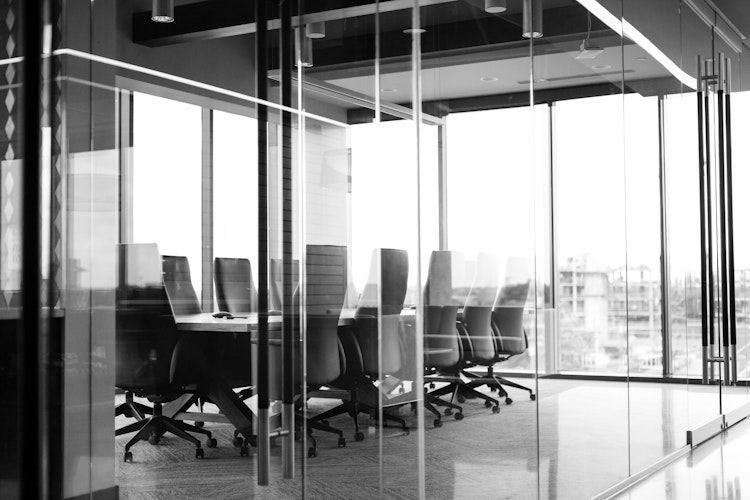Talking points: five tips to improve the meeting experience
From empowering employees to say no to meetings to streamlining the right technology tools, a new report from Condeco outlines five key guidelines to make meetings better
The topic of meetings is enough to evoke strong debate in the workplace – too few meetings and the communication is lost, too many and productivity flies out the window. There is no quota for the perfect number of meetings held in a week, which makes designing and managing meeting room space an unenviable task. The most common mistake – and the costliest – is wasted space.
A report produced by Condeco, The Modern Workplace 2018: People, Places and Technology, outlines five key tips organisations can adopt to improve the quality of meetings.
Devote the right amount of space to meeting rooms
Although this may seem obvious and simple enough, it is surprising how many workplaces do not consider this essential criterion. According to research, the suggested rule of thumb is that 10 to 15 per cent of floor space should be dedicated to meeting rooms.
In the past meeting room space could be measured on an average of how much leaders thought people were using meeting spaces, but today sensor technology means meeting spaces can be designed down to a science. Utilisation data can inform decision makers exactly how many people use meeting rooms, and how often they are used.
Streamline the booking system
Most businesses surveyed in the report already use existing business technology for meeting rooms – either specialist meeting room booking software or Google, iCal or Microsoft systems. Yet a third of all businesses surveyed still contact a PA or receptionist to book meetings. This could be a result of employees not fully understanding the technology that is presented to them, and therefore organisations can integrate training on booking systems to help streamline the meeting room booking process.
Facilitate video conferencing
Not only is technology infiltrating meeting room space through booking systems, but video conferencing is also steadily becoming an integral part of the meeting room puzzle. More than 40 per cent of businesses in the survey reported that the amount of video conferencing has increased in their workplace in the last year.
This shift towards virtual meetings promotes flexible work styles and reduces travel budgets for the business. For video conferencing to be effective, meeting rooms should be kitted out with the right equipment from large screens, microphones, and acoustically secure walls.
Empower staff to say no
Many employees feel that some meetings they are dragged into are counter-productive and do not add value to their work. This can be demotivating and distracting, and the quality of the meeting can also suffer if it does not have active participants. Organisations should allow employees to say no to meetings which they feel will not benefit their work – this gives them more autonomy over their time.
Train employees on best practices
One of the biggest pain-sakes of meeting room use is poor etiquette. Almost a third of businesses find that training people in best practice of attending and hosting meetings has helped them to improve overall quality of meetings. This training can be applied to both external and internal meetings; it could be as simple as ensuring that employees know how to circulate internal meeting agendas and information so every attendee is well-prepared for the meeting ahead.








